12 Academic Supports to Help All Students Succeed
October 9, 2025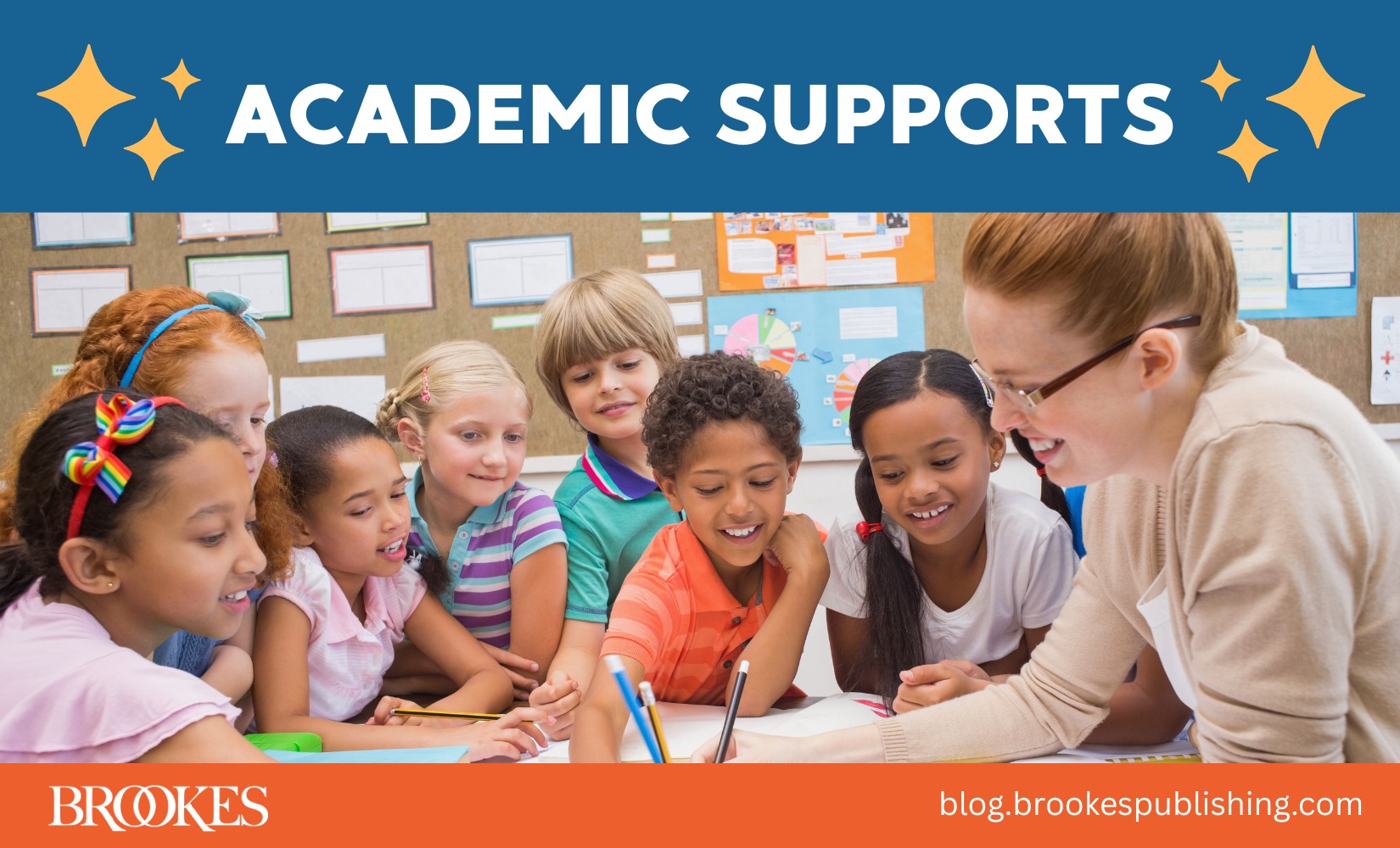
If you’re reading the Brookes blog, you’re probably here for practical tips on helping all students—with and without disabilities—have a successful school year. Adapted from eight of our popular books, this article offers ready-to-try suggestions for supporting your students and helping them succeed academically and socially. Try these academic supports in your classroom, and let us know what works best for you!
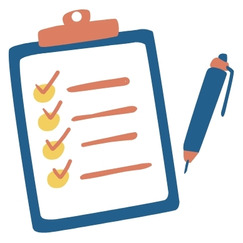 Provide directions strategically
Provide directions strategically
Give clear, written, and numbered directions. It’s often more effective to provide directions in multimodality formats: written, visual, recorded, rhythmic, tactile. Keep your directions simple and use gestures to increase memory. Ask learners to paraphrase directions to check for understanding and improve their recall.
 Use movement to reinforce learning
Use movement to reinforce learning
Most students need to move their bodies often. When asking students to memorize discrete concepts or pieces of information, use visual cues, signs, or movements. Many students who have trouble memorizing can be helped by using movements or visual cues. Challenge students to come up with their own movements that match the concepts of specific words.
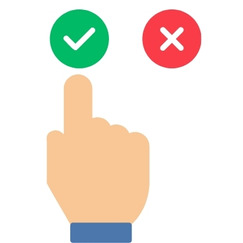 Build choice into the school day
Build choice into the school day
Allow students to choose which assessments to complete, which role to take in a cooperative group, which books to read or which problems to solve, and how to receive personal assistance. Choice may not only give students a feeling of control in their lives, but it may also present them with an opportunity to understand themselves as learners, workers, and collaborators. Students themselves often know best during which times of the day they are most creative, productive, and energetic; what materials and supports they need; and in what ways they can best express what they have learned. If they do not yet have that insight, then feedback and dialogue about choices (e.g., “How did it go working on your own?”; “Was that enough assistance for you or too much?”) can be regularly provided to help students develop it.
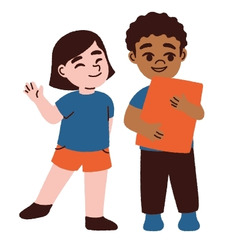 Encourage peer collaboration
Encourage peer collaboration
Have students work with peers to recite, rehearse, and review key information to remember. Teach students how to do “mindstreaming”—brief sharing with peers of what they have learned so far.
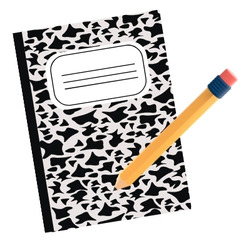 Guide students in pre-planning homework
Guide students in pre-planning homework
Ask students to write down when, where, and for how long they will do their homework. Then show them how to make a “homework menu” of what they will study and in what order. This helps them see and understand the big picture. (Read this blog post for more ideas: 15 Tips on Organization, Study Skills, & Time Management for Students with Executive Function Issues.)
 Present a limited amount of information on a page
Present a limited amount of information on a page
Some students prefer to see less information at once. The layout of information should be clean and free of distraction. Adequate white space, for example, can make an assignment appear less confusing. This modification can easily be made by copying different segments of an assignment onto different pages. Wite-Out tape can help limit certain distracting information or pictures. Then, when the item is photocopied, the student has less information to wade through. An index card or a word window (i.e., a piece of cardboard with a small rectangular window covered with cellophane that allows students to see one line of text or one word at a time) can also help students limit information as they read by themselves.
 Break tasks into smaller steps
Break tasks into smaller steps
For some students, it might be useful to break tasks into smaller parts. For example, one student preferred having a to-do list posted on her desk for any independent work time. A special educator would write down the big tasks that needed to be completed, and the student would complete them independently and cross out each task. If you have a student who does not read, you could create a picture list and have the student cross out each picture as they complete each task.
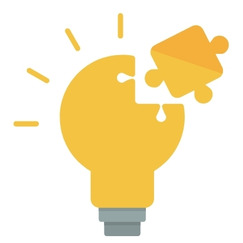 Problem-solve with students
Problem-solve with students
This is an effective way to detect when and why student performance breaks down. For example, say that a student refuses to write a paragraph during English class. Instead of assuming noncompliance, acknowledge the student’s difficulty and work to discover why the student has refused the task. Maybe the student doesn’t know where to start, has trouble with fine motor tasks, or doesn’t have a pencil. Finding solutions and compromises (a writing rubric, providing a pencil, or allowing the student to work on a computer) are easier once a specific reason has been identified.
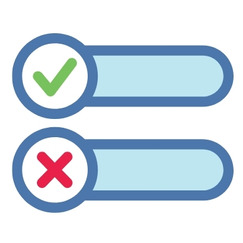 Change frequency of quizzes
Change frequency of quizzes
Consider giving short, more frequent quizzes throughout a lesson or unit rather than end-of-unit tests that are more comprehensive and may be overwhelming for some learners. Quizzes that require simple yes/no responses that may be circled may be a good choice for some students. (Study guides and test reviews are good supports before longer tests.)
 Get creative with formative assessment
Get creative with formative assessment
Building in more frequent formative checks for understanding helps you analyze student progress and adjust your practices in response. Instead of using simplistic strategies like thumbs up or thumbs down (thumbs up if you understand, thumbs down if you do not), try more engaging and effective strategies. For example, have students provide a 30-second explanation of a topic or viewpoint, draw some of the key concepts they learned, or turn to their partner and answer the question together.
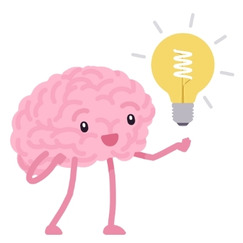 Tap into what motivates individual learners
Tap into what motivates individual learners
A student who loves math may be able to remember the order of operations but struggle to remember the steps for turning in reading homework. Another learner may easily remember the steps to bake their favorite chocolate chip cookies but struggle to recall multiplication facts. Individualize working memory strategies based on student preferences—for example, if a student enjoys cooking or baking, consider creating recipe cards for other complex tasks.
Pre-schedule times for corrective feedback
Providing students with a constant stream of corrective feedback can feel overwhelming and discouraging to them. To avoid this, consider deciding with the student in advance how errors will be corrected. You can schedule regular times for monitoring and feedback—for example, you could say to the student, “I’m going to check in with you every 15 minutes,” or “I’m going to check in with you at the end of each activity and give you feedback.” Reducing the volume of corrective feedback may help your student be more receptive to it.
 Explore the books featured in this article, filled with practical guidance on helping every student succeed.
Explore the books featured in this article, filled with practical guidance on helping every student succeed.
- Tips 1, 4, and 5 adapted from the Social-Emotional Learning Toolbox by Kathy Perez
- Tips 2, 6, and 7 adapted from The Educator’s Handbook for Inclusive School Practices
- By Julie Causton & Chelsea P. Tracy-Bronson
- Tip 3 adapted from You’re Going to Love This Kid!, Third Edition, by Paula Kluth
- Tip 8 adapted from Unstuck and On Target!, Second Edition, by Lynn Cannon, Lauren Kenworthy, Katie C. Alexander, Monica Adler Werner, and Laura Gutermuth Anthony
- Tip 9 adapted from Effective Literacy Instruction for Learners with Complex Support Needs, Second Edition, edited by Susan R. Copeland & Elizabeth B. Keefe
- Tip 10 adapted from Reimagining Special Education by Jenna M. Rufo & Julie Causton
- Tip 11 adapted from Supporting Students’ Executive Function Skills in the Trauma-Sensitive Classroom: Focusing in on Working Memory by Jen Alexander and Jennifer Dickey
- Tip 12 adapted from Essential Skills for Struggling Learners by Erik von Hahn, Sheldon H. Horowitz, & Caroline Linse

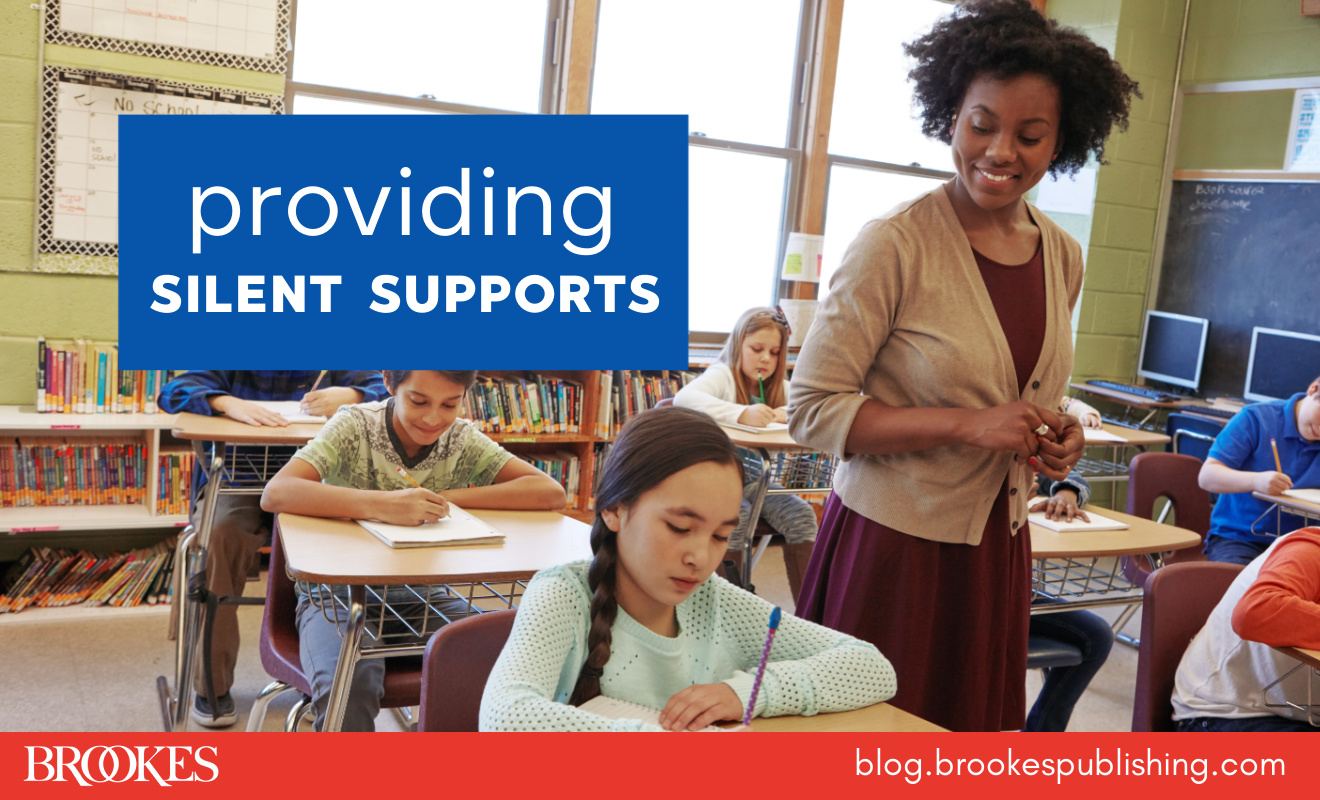

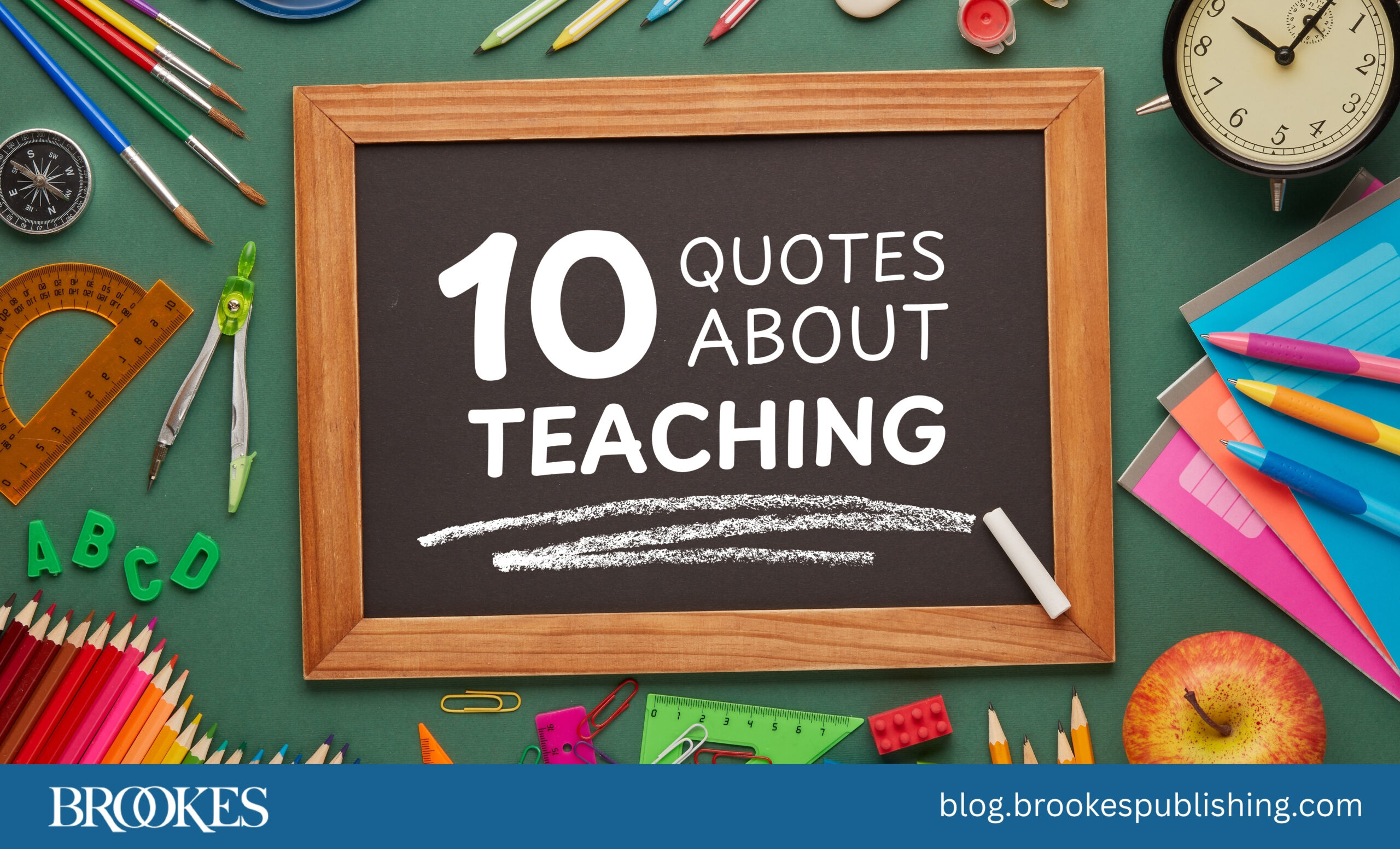
Write a Comment
Your email address will not be published. Required fields are marked *
Post a Comment